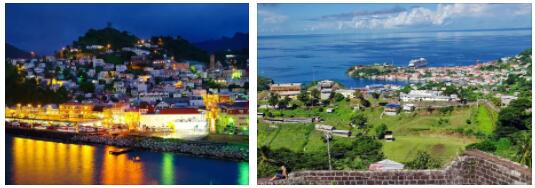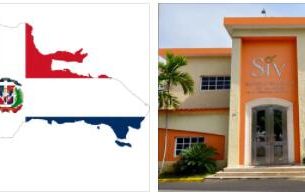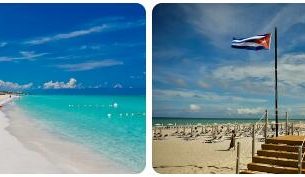In accordance with the Constitution of Grenada, which came into force on February 7, 1974 (suspended in 1979–83), Grenada is a constitutional monarchy. The head of state is Queen Elizabeth II of Great Britain, who is represented on the island by the Governor General (since August 9, 1996 – D. Williams). In administrative and territorial terms, Grenada is divided into 6 parishes (districts): St. Andrew, St. David, St. George, St. John, St. Mark, St. Patrick and 1 district – Carriacou and Petit Martinique. Large cities: St. George’s, Grenville, Hillsborough (on Carriacou Island). Check diseaseslearning for political system of Grenada.
According to the Westminster model, there is no complete separation between the legislative and executive branches of government in Grenada. The prime minister must be elected to parliament, as well as members of the government. The governor-general instructs the leader of the party that won the election to form a cabinet and approves its composition after approval by the legislature. The Governor-General dissolves Parliament on the advice of the Prime Minister and sets a date for new elections.
The legislature is a bicameral parliament, consisting of the Senate and the House of Representatives. The Senate has 13 senators (10 are appointed by the prime minister, 3 by the leader of the opposition and approved by the governor general). The House of Representatives has 15 members elected by the majority system for a term of 5 years.
Executive power is exercised by the government headed by the prime minister. After winning the election on November 27, 2003, Keith Mitchell became Prime Minister again. Along with the restructuring of the public sector, he proclaimed the reform of the Constitution as the main task.
The leading party in the political system of Grenada is the PPP, which has won four of the five elections since the American intervention. She adheres to conservative positions, expresses the interests of business and farming circles in Grenada, and is a member of the International Democratic Union. The largest opposition party is the NDK.
The ULP pins hopes for the revival of its former strength (in the 1950s and 70s it formed the government several times) with the election in 2003 of its leader for the first time by a woman, Gloria Payne-Banfield (who replaced H. Prudhomme). W. Heyes became the chairman of the party.
Grenada’s leading business association is the Chamber of Commerce and Industry of Grenada. The largest trade union, founded in 1955, is the Trade Union Council of Grenada.
Grenada established diplomatic relations with the USSR on September 7, 1979; in November 1983, relations were severed. In September 2002, the Russian Federation, as the legal successor of the USSR, restored diplomatic relations with Grenada.
Science and culture of Grenada
Grenada has a branch of the University of the Westinds, a technical institute and a teacher training college. The culture of Grenada, like that of other West Indian countries, was a synthesis of European and African principles, which manifested itself at the dawn of the formation of the Grenadian society in oral folk art, and in the 20th century. in literature (T. Marrshaw, W. Redhead, M. Collins, etc.), architecture that does not violate harmony with nature, and in the rhythms of calypso.



